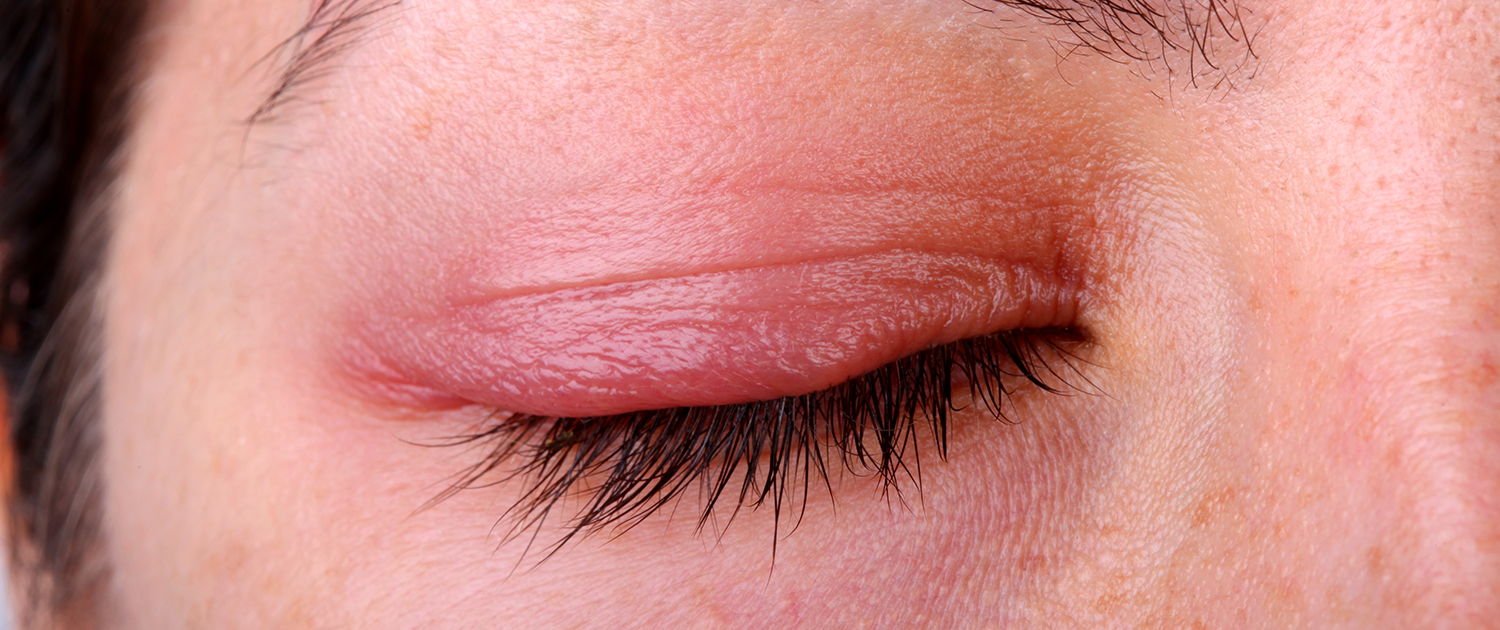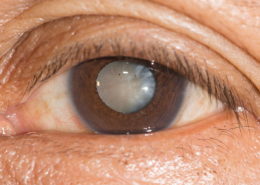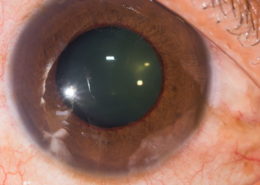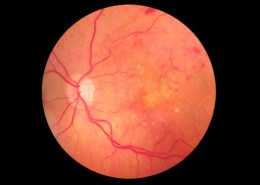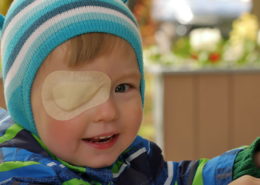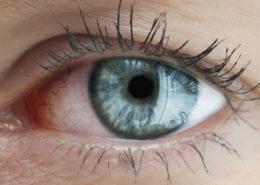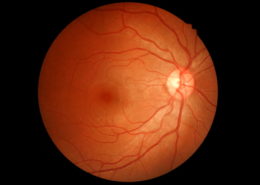Blepharitis
What is blepharitis?
Blepharitis is inflammation of the rims of the eyelids, which causes them to become red and swollen. It is a common condition which can develop at any age but is more common in young children and people over 50. Most people experience repeated episodes followed by periods with no symptoms. It is not possible to catch blepharitis from someone else who has it.
How blepharitis affects you
The symptoms of blepharitis can include: burning, soreness or stinging in the eyes; crusty eyelashes and itchy eyelids. It can also cause lid cysts (chalazion). The cause of blepharitis is not known in most cases but, although it is not an infection, it can be caused by a reaction to the bacteria that live naturally on the eyelid skin. It is more common in skin conditions such as:
- Seborrhoeic dermatitis, which causes an itchy rash on the skin and scalp (seborrhoeic dermatitis of the scalp is called dandruff)
- Rosacea which causes the face to appear red and blotchy
- Acne in teenager and young adults, which cases irritation and blockage of the glands in the centre of the face.
Blepharitis is not usually serious, but can produce a lot of symptoms and can make people unable to wear contact lenses comfortably.
Many people with blepharitis also have dry eye condition where the eyes do not produce enough tears or dry out too quickly.
Serious complications, such as sight loss, are rare, particularly if recommended advice is followed.
Treatment for blepharitis
Blepharitis is usually a long-term (chronic) condition, which means once it develops it can cause repeated episodes.
There is no cure for blepharitis, but establishing a daily eyelid-cleaning routine can help control the symptoms and any dryness can be treated with artificial tear drops. Lid cleaning often needs to be continued indefinitely to prevent recurrence.
More severe cases of blepharitis may require treatment with antibiotic ointment applied to the eyelids or, antibiotic drops for the eyes and, in a few cases, steroid eye drops.
Some patients benefit from antibiotics by mouth, particularly when the blepharitis is associated with a skin condition such as rosacea, These antibiotics are usually required for at least four to six weeks and may need to be continued for many months.
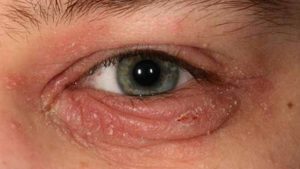
Discover the other pathologies
This post is also available in: Italian

